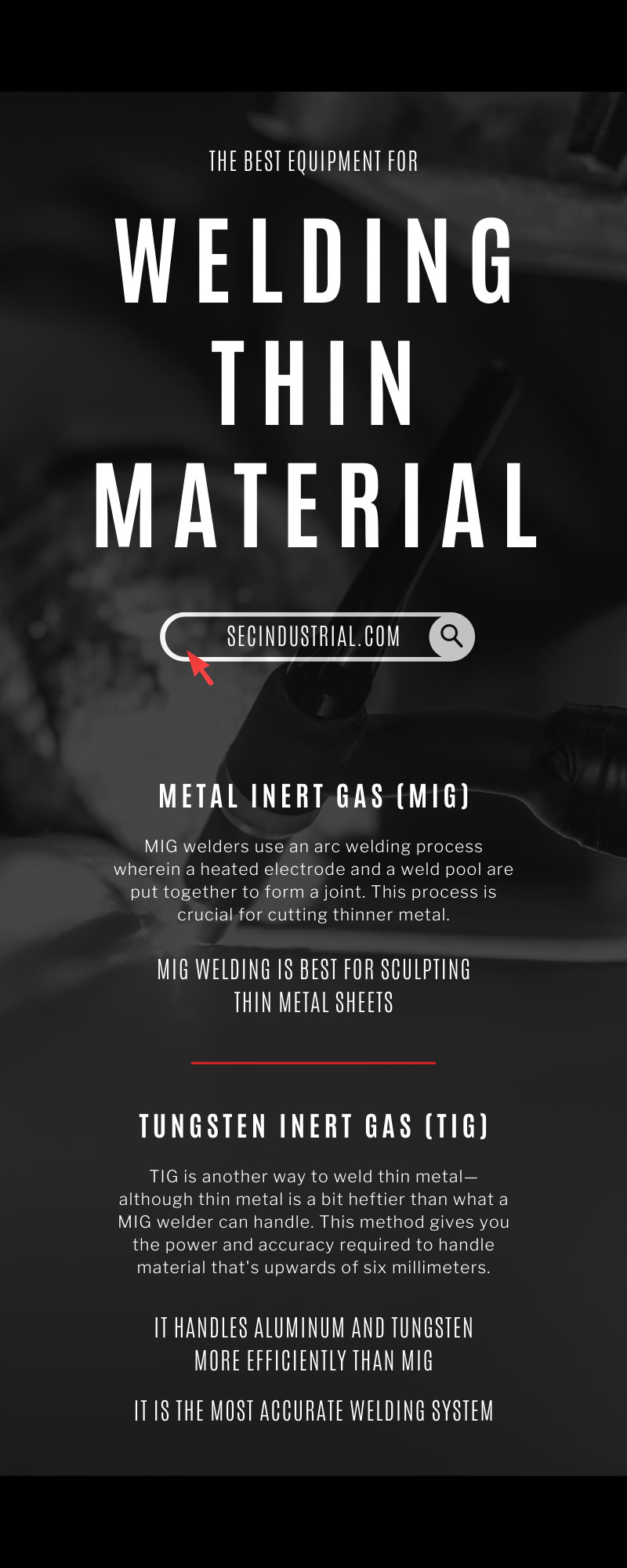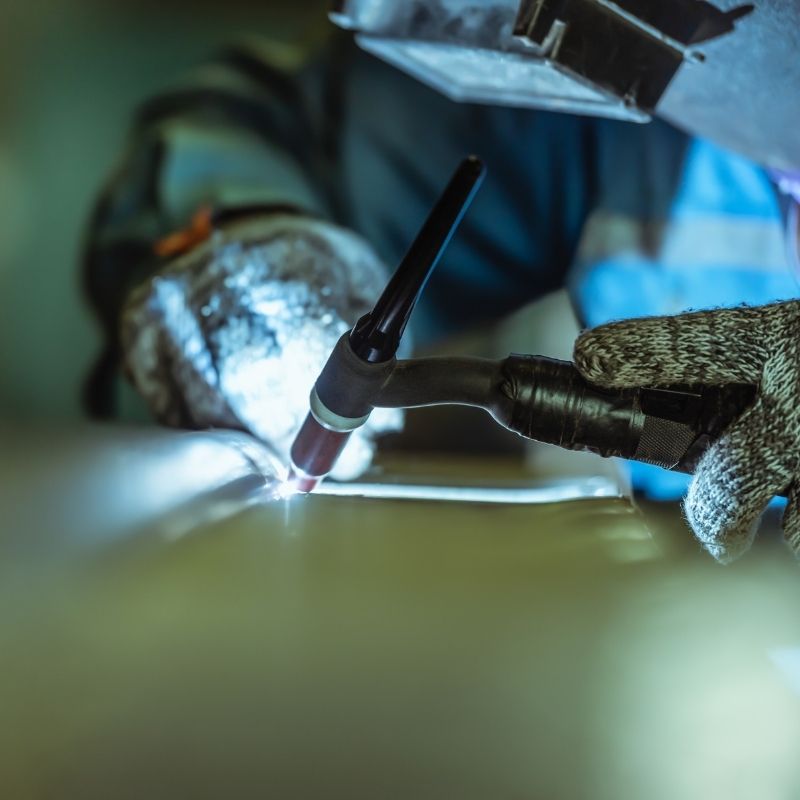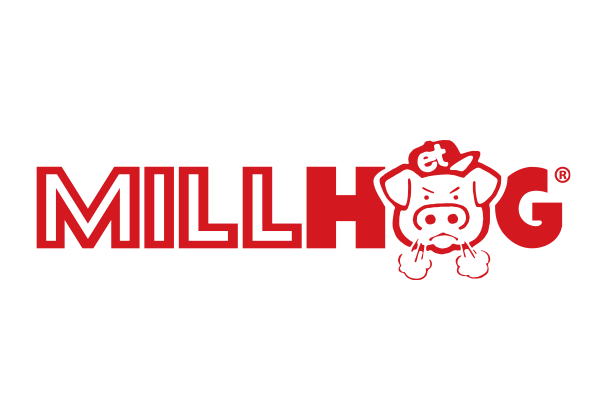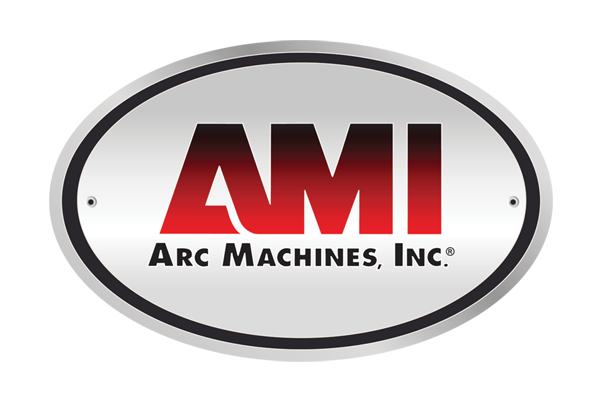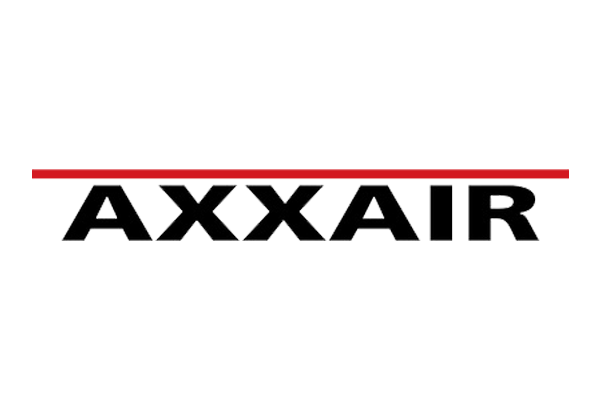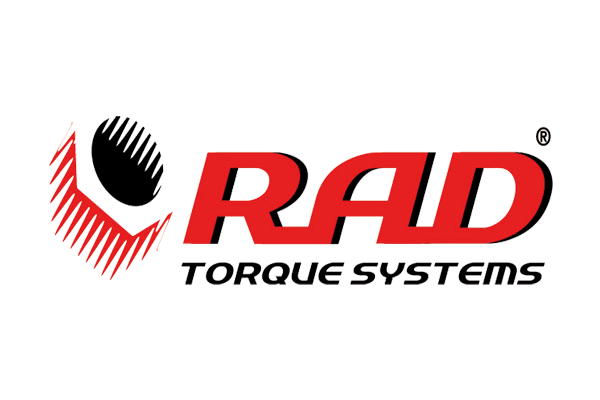The Best Equipment for Welding Thin Material
Becoming a welding expert takes a lot of time and experience. You’ll learn about the best methods, techniques, and equipment through trial and error. Before delving deep into what the best equipment for welding thin material is, it’s vital that an inexperienced welder knows the fundamental practices to use when cutting thin metal.
Burnout
Burnout is a common error that every welder makes in their career. It occurs when the melted weld pool detaches from the original piece. If this happens, you’ll create a hole instead of a joint. Burnout occurs because the output temperature is too high, so adjust the temperature before starting on a new piece.
Weld Bead
Avoid burnout by working with lower temperatures. These cause the weld bead to have an abundance of splatter. The splatter typically happens when you are working with filler metals.
Finding an Angle
Welding can be compared to billiards: you need to find the acute angles to become elite at the craft. The position of your torch means a great deal in welding. You’ll have to consider the angle, melting point, and velocity. Finding the ideal formula and touch will get you the results you want and you won’t have to deal with burnout.
Metal Inert Gas (MIG)
MIG welders use an arc welding process wherein a heated electrode and a weld pool are put together to form a joint. This process is crucial for cutting thinner metal. Let’s review the equipment and methods a MIG welder faces in the section below.
Short-Circuit Transfer
A short-circuit transfer (SCT) permits you to make a picture-perfect weld, especially when working with thin metals. Furthermore, it keeps the joint intact while reducing the risk of burnout. Many MIG machines have specific modes that hone in on the precise settings you want, mainly when it comes to lower heat.
Shielding Gas & Filler Metals
A MIG welder needs a shielding gas to maintain the look of the bead. Gases composed mainly of argon are your best bet because they work best with SCTs. When you use argon, you will have a lesser risk of splatters because it emits a small amount of heat compared to other gases. Because of this, it doesn’t let harmful substances into the atmosphere.
When you are working with filler metals, employ wires that are leaner than the already-slim sheet metal. A majority of welders will use 0.023-0.024-inch diameters for their fillers.
Choose Your Angle
When you are using MIG welding and SCT models, you will need to keep the distance between the piece and the contact tip. The length is integral, whether you are cutting on a level, overhead, or horizontal angle.
Summary
Here’s a summary of the pros and cons of using a MIG welder. Refer to this if you need a quick review of the welder’s advantages and benefits.
Pros
- It has a trigger allowing you to start and stop effectively.
- MIG welding is best for sculpting thin metal sheets.
Cons
- It doesn’t work well with metal that’s too slim or thick.
- The heat is too intense for aluminum and too weak for iron
Tungsten Inert Gas (TIG)
TIG is another way to weld thin metal—although thin metal is a bit heftier than what a MIG welder can handle. This method gives you the power and accuracy required to handle material that’s upwards of six millimeters. You’ll have to do some adjusting before you attempt a thin cut.
Adjust Your Settings
Most hot wire TIG welding equipment comes with a foot pedal, allowing you to control the amount of heat you produce. A lower power setting for tinier anodes will stop burnout right in its tracks.
Filler Material
Unlike the 0.023-0.024-inch filler metal you use with a MIG welder, TIG equipment requires you to have 0.020 or 0.040 inches of tittering tungsten to keep your arc control. When you use metals with slimmer sheets, you must use suitable fillers to minimize the contortion.
Approaches To TIG
Skip
By creating minor spasmodic stitch-like junctions, you reduce warping and the uneven appearance of the weld bead. Split the connection into two equal sections using the skip welding method. Ensure the energy is dispersing to the other sections.
Skip welding lets you reduce the exposure and amount of energy in each area simultaneously. Doing so produces a neat, long-lasting joint, preventing any failure it may endure otherwise.
Joint and Fit-Up Design
It is challenging to make joints on more delicate sheets. Avoid this by making sure the two metals are agreeable before you start welding. Verify that they are tightly linked because even the slightest holes are burnouts, which results in a fragile joint.
There is no room for errors with thinner metal sheets. But you do not have to worry about destroying the joint if you use this process.
Summary
Here is a summary of the advantages and disadvantages of using this tool and technique. (It must not be used by beginners.)
Pros
- It produces fine weld seams for thicker material without the splatter.
- It is the most accurate welding system.
- It handles aluminum and tungsten more efficiently than MIG.
Cons
- It takes hours of practice and training to understand.
- Must use the MIG welding machine before upgrading.
In summary, MIG and TIG are the best equipment for welding thin material. The pair work for virtually every type of metal.
If you’re working with material that is super thin, then you should use TIG because it gives you more control of the heat you emanate. On the other hand, if you do not feel comfortable with most welding equipment, then you should use MIG since it is straightforward.
Regardless of the machines you choose, SEC Industrial will have what you need, and our experts will help you become a maestro when it comes to welding. Reach out to us today.
